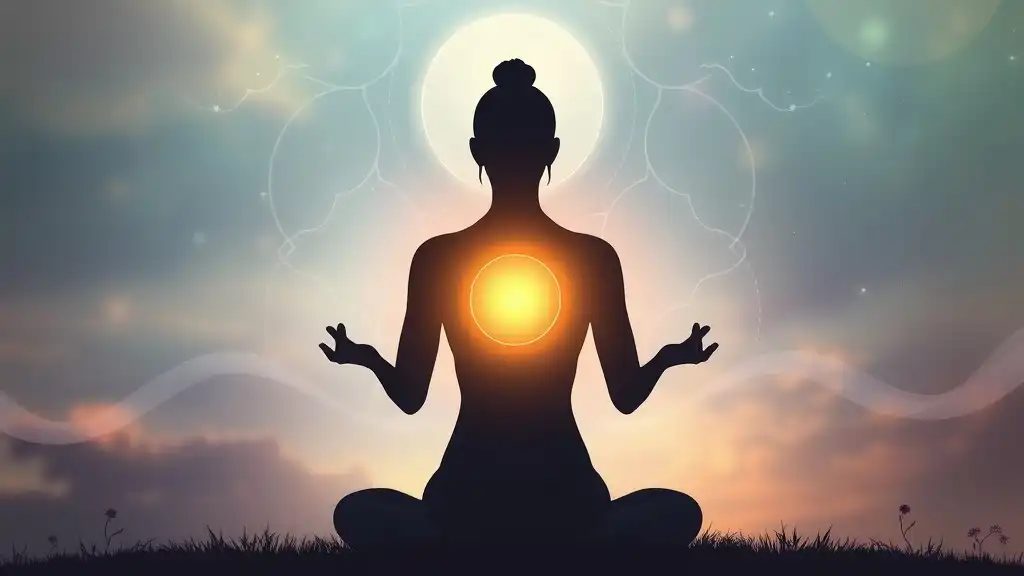The concept of the "Upper Room" embodies a profound spiritual journey, rich in history and symbolism. Its relevance transcends time, resonating with various traditions, and serves as a guide for personal retreats into spirituality. This exploration of the Upper Room invites us to delve deeper into its significance and apply its lessons to our lives.
Historical Context
The term "Upper Room" has its roots in biblical tradition, denoting a specific location often associated with pivotal events in the Christian faith. Within the New Testament, it is famously mentioned in Acts 1:13, where early followers of Jesus gathered in an upper room to await the coming of the Holy Spirit. This space became a symbol of hope, unity, and divine revelation.
The Last Supper, another critical moment situated in an upper room, encapsulates key themes of fellowship, sacrifice, and spiritual awakening. Here, Jesus shared His final meal with His disciples, imparting wisdom and establishing the Eucharistic tradition. This connection to community highlights the Upper Room as a sacred gathering space where spiritual bonds are forged.

Symbolism of the Upper Room
The Upper Room as a Place of Gathering
The Upper Room represents the essence of community and fellowship. In moments of shared prayer and contemplation, participants cultivate a sense of belonging that transcends individual spirituality. Within this context, the Upper Room reminds us of the importance of coming together to support each other's growth on the spiritual path.
The Upper Room as a Space of Revelation
This symbolic space is not only about communal gatherings but also about personal encounters with the divine. It serves as a venue for profound insights and divine revelations. Just as early followers experienced transformative moments in the Upper Room, modern spiritual seekers are encouraged to create their own sacred spaces for introspection and connection with a higher power.
Within this reflective environment, individuals may encounter inner transformation—a deepening understanding of themselves and their connection to the universe. As we embrace our own Upper Rooms, we open the door to potential enlightenment, inviting personal truths to surface.
The Upper Room as a Symbol of Ascension
The concept of ascension is inherently tied to the Upper Room's symbolism. Ascension implies moving to a higher state of consciousness, transcending mundane concerns to embrace the spiritual possibilities of existence. In the Upper Room, participants are encouraged to rise above the noise of daily life, seeking a more profound connection with themselves and the cosmos.
This upward journey is not merely about physical elevation; it encompasses the aspiration to achieve greater wisdom, peace, and love. The spiritual ascent facilitated by the Upper Room allows one to align with their true purpose and potentially inspire others to do the same.

The Upper Room in Various Spiritual Traditions
Christianity
In Christianity, the Upper Room holds immense significance as the physical setting of the Last Supper and Pentecost. These events represent not just historical moments but spiritual milestones fostering the early Church's birth and the empowerment of its mission.
The practices associated with the Upper Room, such as communal prayer, worship, and the sharing of teachings, emphasize a collective journey toward spiritual understanding. Regular visits to metaphorical Upper Rooms can rejuvenate one’s faith and deepen their understanding of life’s mysteries.
Judaism
The Upper Room's cultural roots trace back to Judaism, where it reflects communal gathering spaces for worship and ritual. Historical links can be found in the daily Tamid offerings, which encouraged communal connection through acts of devotion and prayer. This interwoven heritage underscores the Upper Room's role in fostering communal spirituality and the importance of maintaining a connection between faith, tradition, and collective hope.
Other Spiritual Perspectives
Beyond Judeo-Christian contexts, concepts parallel to the Upper Room appear in several spiritual pathways. In Eastern philosophies, the idea of sacred spaces for meditation and introspection echoes similar themes of the Upper Room. Whether through Zen monasteries or quiet meditation retreats, practitioners invoke the essence of this place to illuminate their paths toward enlightenment.
The universality of the Upper Room concept across spiritual traditions underscores its inherent value—an invitation for all individuals to seek their sacred space for connection, serenity, and growth.

Personal Reflection and Spiritual Practice
Creating Your Own Upper Room
To fully embrace the spirit of the Upper Room, individuals can create their own sacred spaces. This room need not be physical; rather, it can manifest anywhere you find peace and solitude. Consider establishing a personal sanctuary at home or finding a corner of nature that inspires tranquility. Key components may include:
- A minimalistic design to avoid distractions.
- Items that resonate spiritually, such as crystals, candles, or photographs that evoke positive memories.
- Comfortable seating to invite relaxation, contemplation, and meditation.
Each element serves as a tool to foster a deeper introspection and connection with the divine.
Meditation and Mindfulness in Your Upper Room
Utilizing your Upper Room as a venue for meditation and mindfulness enhances your spiritual practice. Techniques may include:
- Guided meditations, focusing on breath and awareness to quiet the mind.
- Journaling to express thoughts and feelings, facilitating deeper self-understanding.
- Praying or chanting to connect with your spiritual beliefs and invoke a sense of peace.
By practicing silence and solitude in your Upper Room, you build an environment where personal growth flourishes, paving the way for divine insights and inner peace.

Conclusion
The exploration of the Upper Room reveals its rich spiritual significance across various traditions and personal practices. It symbolizes unity, revelation, and ascension, urging us to foster connections within our communities and ourselves. By embracing our Upper Rooms—both metaphorically and literally—we can embark on a sequence of spiritual growth and transformation, reminding us of the divine potential that resides in each of us.



















